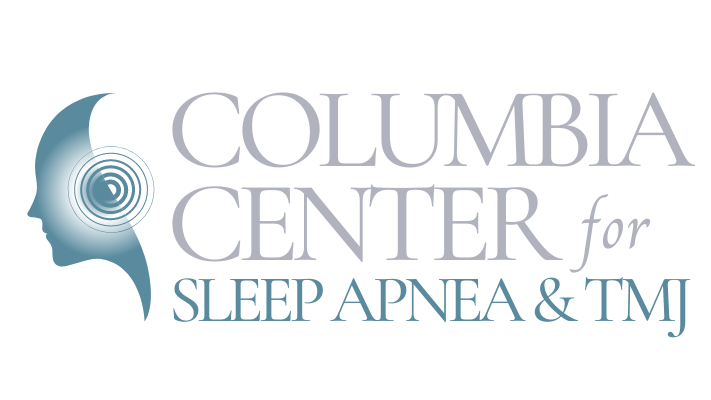
Atypical tooth pain is a perplexing and often frustrating type of dental discomfort that affects countless individuals worldwide. Unlike typical tooth pain, which is often associated with easily identifiable dental issues such as decay, gum disease, or fractured teeth, atypical tooth pain is more elusive in nature. This form of pain can be hard to pinpoint and does not follow traditional diagnostic patterns, making it both challenging for patients to endure, and for healthcare providers to diagnose and treat effectively.
Characterized by a persistent, unexplained ache or throbbing sensation, atypical tooth pain can manifest in the absence of apparent dental issues. In many cases, the pain is not confined to a single tooth or region of the mouth but can radiate, with varying intensity, to neighboring teeth or areas of the face. As a result, patients with atypical tooth pain may invest a significant amount of time, effort, and resources, attempting to locate the source of their discomfort, often without success.
In this informative and educational blog post, we delve into the enigmatic world of atypical tooth pain, examining its various causes, diagnostic challenges, and effective treatment options. By providing an in-depth look at this perplexing condition, this blog serves as a valuable resource for individuals seeking to gain a more comprehensive understanding of atypical tooth pain and its management.
Unraveling the Mystery: Common Causes of Atypical Tooth Pain
- Neuropathic Pain
One possible cause of atypical tooth pain is neuropathic pain, which occurs when there is damage or dysfunction in the nervous system. This type of pain can be triggered by nerve injury or irritation, often resulting from dental procedures, infections, or other trauma to the face and neck region. Neuropathic pain may present as a burning, tingling, or stabbing sensation in the affected area. - Myofascial Pain
Another potential cause of atypical tooth pain is myofascial pain, which originates from muscle and connective tissue dysfunction. This type of pain is often associated with trigger points or tight, tender areas within the muscle tissue. Myofascial pain can contribute to atypical tooth pain when the affected muscles are in the face and neck regions. - Temporomandibular Joint Disorder (TMJ/TMD)
Temporomandibular joint disorders can also lead to atypical tooth pain. Dysfunction or inflammation of the temporomandibular joints, located on either side of the head, can cause pain to radiate to the teeth, jaw, or surrounding facial structures. - Referred Pain from Non-Dental Sources
In some cases, atypical tooth pain may be due to referred pain from non-dental sources, such as sinus infections, migraines, or cardiac issues. Referred pain occurs when pain signals from one area of the body are perceived in another area. Proper diagnosis and management of the underlying cause can help alleviate the atypical tooth pain experienced.
Navigating the Diagnostic Challenges of Atypical Tooth Pain
- Comprehensive Dental and Medical Examination
The first step in diagnosing atypical tooth pain is to undergo a thorough dental and medical examination. This process typically involves an in-depth review of your medical and dental history, as well as a physical examination of your teeth, gums, and surrounding soft tissues. Specialized tests, such as dental X-rays, CT scans, or MRI, may be conducted to help identify any underlying dental or non-dental issues. - The Role of Mental Health and Stress
It is essential not to overlook the role of stress and mental health factors in the experience and exacerbation of atypical tooth pain. Psychological factors such as anxiety, depression, and stress may contribute to the development or perpetuation of atypical tooth pain, and addressing these issues can be an essential component of effective pain management.
Effective Treatment Options for Lasting Relief
- Addressing the Root Cause
The primary goal of treating atypical tooth pain is to identify and address the underlying root cause. Depending on the specific cause of your pain, treatment options may include:
- Medications: These may include pain relievers, anti-inflammatory drugs, nerve pain medications, muscle relaxants, or antidepressants. The type and dosage of medication will be determined by your healthcare provider based on your specific needs and condition.
- Dental Treatments: If the atypical tooth pain is related to a dental issue, your dental provider may recommend treatments such as dental fillings, crowns, or root canal therapy to address the problem and alleviate your pain.
- Physical Therapy and Massage: If the pain is due to myofascial or TMJ/TMD issues, physical therapy and massage techniques can help alleviate muscle tension and improve joint function. - Developing a Comprehensive Pain Management Plan
Working with a skilled orofacial pain specialist can help you develop a comprehensive and personalized pain management plan that addresses the various factors contributing to your atypical tooth pain. This approach may include a combination of dental treatments, medications, physical therapies, stress management techniques, and lifestyle modifications to help you find lasting relief.
Conclusion
Atypical tooth pain can be a mysterious and frustrating condition, but with the right approach and treatment plan, patients can find relief and regain their quality of life. By understanding the potential causes, diagnostic challenges, and various treatment options available, you can navigate the complexities of atypical tooth pain management and, under the guidance of an experienced orofacial pain and
TMJ pain specialist in Richland like Dr. Bloxham at Columbia Center for Sleep Apnea and TMJ, develop a personalized plan to address your unique needs and concerns.











